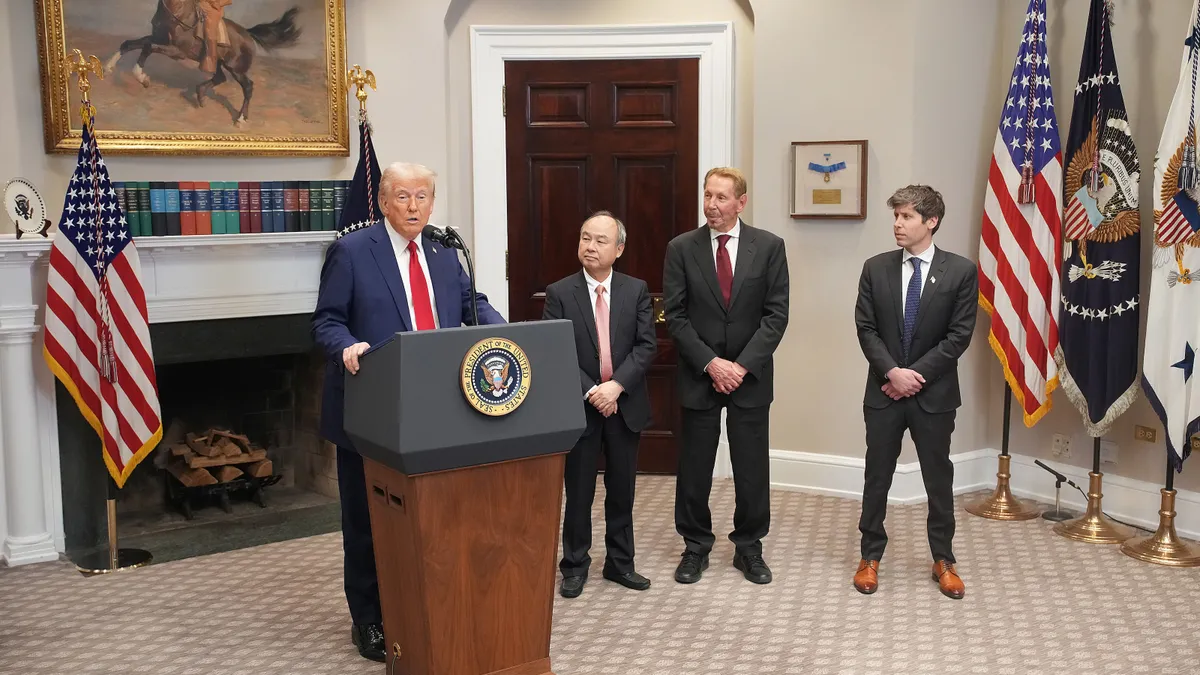Dive Brief:
- The National Labor Relations Board issued a final rule today as to what makes two companies joint employers under the National Labor Relations Standards Act. Under the Act, if two companies are deemed to be joint employers, both are required to bargain with the union that represents the jointly employed employees. They are also both potentially liable for each other's unfair labor practices and are both subject to union actions, such as picketing in the case of labor disputes.
- Under the final rule, a company – a construction contracting firm, for example — is considered a joint employer of another company's employees only if the two share or co-control the employees’ "essential terms and conditions of employment," which are defined as wages, benefits, work hours, hiring, termination, discipline, supervision and direction. Unless this substantial, immediate and direct control exists, they are not considered joint employers.
- In the supplementary information accompanying the rule, the NLRB said that a clarification of what constitutes joint-employer status was necessary after a 2015 Obama-era court decision that made it possible for a company to be declared a joint employer under the Act even if that control over another business's employees was limited, indirect and routine or was identified in a contract but never exercised.
Dive Insight:
The clarity that comes with the new rule, said Kristen Swearingen, vice president of legislative and political affairs at the Associated Builders and Contractors, should ease the concern that the ABC's members and other contractors have about the burden that comes with being a joint employer.
In the construction industry, she said, the relationship that typically exists between the general contractor and its subcontractors presented some challenges under the 2015 opinion of what constitutes joint-employer liability since general contractors, while not having direct control over a subcontractor's employees, direct the overall activity on a jobsite.
What the new rule does not impact, however, is how OSHA determines responsibility for workplace injuries when there is more than one contractor working on a project, Swearingen said.
OSHA has a multi-employer citation policy that outlines how inspectors should evaluate the circumstances surrounding an accident before citing more than one employer. The first thing an inspector should do under OSHA policy is to decide whether the employer is creating, exposing, correcting or controlling. A single employer can fall under more than one of these categories, but the extent of its responsibility depends on the category.
For example, a controlling employer, which has general supervisory authority and power to either correct hazards or direct others to do so, typically has less responsibility than the employer that is obligated to protect its own employees. Even when there is no contractual obligation for a general contractor to ensure safety, it can still be designated a controlling employer as long as subcontractors are under its "broad control."
The way OSHA defines other employer categories is as follows:
- A "creating" employer refers to the employer that created the hazard.
- An "exposing" employer's employees were exposed to the hazard.
- The "correcting" employer must correct hazards.













